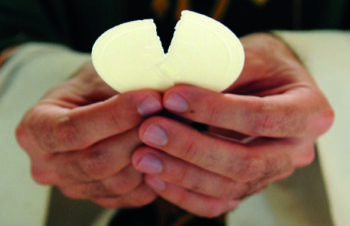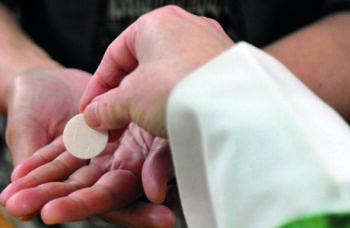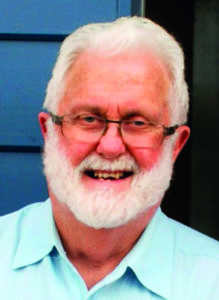Healing the Body — A Few Steps Forward
The recuperative powers of the human body are remarkable. Following surgery, infections, even critical incidents such as strokes and heart attacks, the determination of the body to heal is a source of wonder. With the aid of excellent health care professionals and medical technology, we are so very blessed in the times when we are most in need of healing.
Within the body itself, different forces are at work as healing begins. Sometimes those forces work together and sometimes they can be in conflict with each other and it can be a long and challenging process for doctors to determine a positive course of action as these conflicts are addressed.
The healing process, as often as not, is marked by a few steps forward and a few backwards.
The same is true when it comes to the healing process for the body of our community, whether it be our families or the wider community.
At this moment, everything is pretty normal in New Zealand, while much of the rest of the world continues to endure lockdowns as the Covid-19 virus continues to mutate.
Back here in Australia, the risk of Covid-19 has competed with the newly named pandemic regarding Aboriginal deaths in custody and the overall treatment of Aboriginals at the hands of police. Various forces in the body of our community are struggling with each other, each one claiming to be seeking healing and well-being for all.
Just as great medical expertise comes into play for the healing of the human body, so great political, economic and social skills are needed to resolve the competing forces in the body of our community.
 Here, no one course of action is guaranteed to work. Sometimes, as we know, good health is not the outcome of even the best medical treatment. Similarly, some of society’s conflicts do not end well and the healing of our communal body remains a distant and sometimes forlorn hope.
Here, no one course of action is guaranteed to work. Sometimes, as we know, good health is not the outcome of even the best medical treatment. Similarly, some of society’s conflicts do not end well and the healing of our communal body remains a distant and sometimes forlorn hope.
On 6 June, we celebrate the Solemnity of the Body and Blood of Christ. Jesus’ broken body on the Cross is made present to us in the Sacrament of the Breaking of the Bread, the Eucharist. In his body, Jesus embraces our wounded world, our inner personal world, the world of our personal health, the struggle for well-being in our families and the perennial battle we have as a wider community to find and commit to a common vision.
In his broken body, we encounter the compassion and mercy of God, the God who knows us through and through and who understands our conflicted and unhealthy selves at every level of our being.
St Paul reminds us that Jesus is “the first-born of all creation” (Colossians 1:16), and that in him every person and every human enterprise can find their truest meaning and surest hope.
By the time we receive his gift at the time of Communion, we are celebrating that hope through our faith in the Risen Jesus. His broken body is no more. In his rising from the dead, he is newly at one with all creation, the one still point for which all creation longs.
When we are at our most broken and degraded, the hope he offers is there, listening, longing and waiting. This is precisely why the Church is at its best when we are that ‘field hospital’ to which Pope Francis often refers. In this mode, the Church, the Body of Christ, becomes what it is meant to be, broken, poured out, making present the loving-kindness and healing grace of God.
All our efforts for social justice and welfare take their meaning and impetus from this Sacrament of the Breaking of the Bread through which all creation can find hope.
Let’s celebrate this Solemnity with a few steps forward towards thoughtfulness, joy and healing.

 Entries(RSS)
Entries(RSS)